Nuria Martínez (DEC Manager at CEL) asks: Can you explain in your own words, what the egeniouss base technology is (and how you use it in your app)?
Johannes Hecher (Data Scientist at Crayon) answers:
At its core, the base technology of a visual localization database involves capturing and storing key visual features from the environment to help devices/users or systems understand and recognize their location. The process involves extracting distinctive features from images or video frames captured by cameras or sensors. These features are unique points or patterns in the visual data that can be robustly identified. Once features are extracted, the system compares them to a pre-existing database to determine the exact position at which the image was taken.
Nuria Martínez (DEC Manager at CEL) asks: Where do you see the biggest impact for the citizens?
Johannes Hecher (Data Scientist at Crayon) answers: the deployment of egeniouss has benefits for citizens, particularly in urban environments where precision and reliability in location tracking are important. The most significant impact is envisaged in applications that makes lives in urban areas more liveable by benefitting from higher accuracy.
Visual localization systems contribute immensely to the safety and efficiency of autonomous vehicles by providing high-precision location tracking. In urban landscapes, where traditional GNSS signals may falter amidst skyscrapers and varied terrains, visual localization becomes a crucial navigational aid. This lays the foundation for a safer and more seamless integration of autonomous transportation into everyday life.
Moreover, in infrastructure inspection, citizens indirectly gain advantages through the enhanced capabilities of visual localization. Utility workers, engineers, and maintenance personnel equipped with systems leveraging visual localization can efficiently and accurately locate assets, identify issues, and streamline maintenance processes, contributing to the overall resilience and functionality of urban infrastructure.
In essence, the widespread integration of visual localization technologies has the potential to redefine the urban citizen’s experience by ensuring safety, efficiency, and enhanced interactions with the surrounding environment across various facets of daily life.
Nuria Martínez (DEC Manager at CEL) asks: What are the benefits for your company?
Johannes Hecher (Data Scientist at Crayon) answers: the project holds strategic significance for Crayon owing to its alignment with our core competencies in data infrastructure and artificial intelligence. As the developers and custodians of the reference database for the visual localization system, the technical merits of our involvement are substantial.
Primarily, our participation in the project places us at the forefront of technological innovation. By leading the charge in developing and maintaining the reference database, we actively contribute to the evolution of visual localization systems. This involvement solidifies Crayon’s reputation as a technical authority in the industry, positioning us as a reliable source for solutions at the convergence of data infrastructure and artificial intelligence
Nuria Martínez (DEC Manager at CEL) asks: What do you like most in the egeniouss approach?
Johannes Hecher (Data Scientist at Crayon) answers: one aspect of the project approach within the egeniouss project that prepares the exploration of crowdsourcing as a means of database enrichment and refinement. The potential to harness the collective input of citizens without compromising privacy is particularly commendable.
The notion of leveraging crowdsourcing aligns with a democratic approach to the verification of data integrity, allowing a diverse range of individuals to contribute to the creation of a high-precision database. This inclusive methodology not only promotes a sense of community engagement but also taps into the power of collective intelligence. Citizens, as end-users of various applications reliant on visual localization, possess unique perspectives and experiences that can significantly enhance the richness and accuracy of the database.
Overall, the project’s openness to exploring innovative and ethical approaches, such as crowdsourcing, showcases a commitment to inclusive and responsible technological development. This approach not only aligns with our values as a company but also reflects a broader dedication to advancing technologies in a manner that benefits and involves the wider community.

